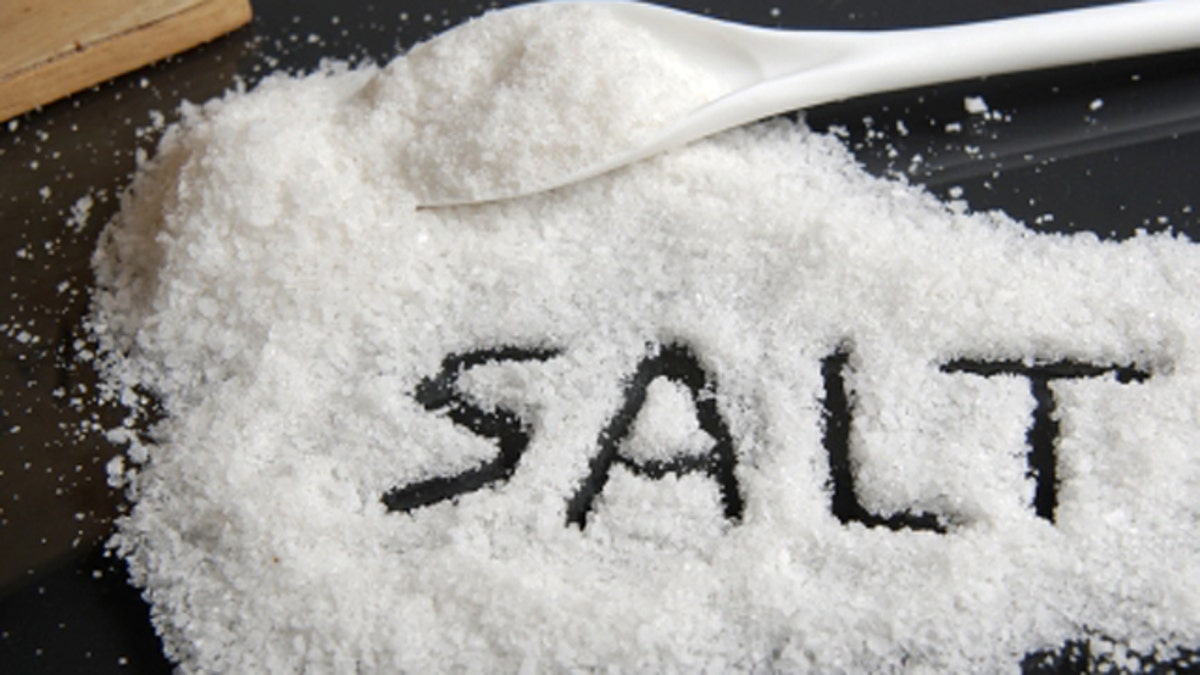
(iStock)
The question: As far as health goes, salt has a notoriously bad reputation. But is sea salt any better (or at least less bad) than run-of-the-mill table salt?
The expert: Pamela Peeke, MD, MPH, FACP, nutritionist at Elements Behavioral Health and author of The Hunger Fix
The verdict: The answer isn't as cut-and-dry as most chefs might like, but that's because the path every salt (even if it's the same "kind") takes to reach your shaker varies.
DETAILS: 14 Healthiest Snack Foods You Can Buy
First off, sea salt is produced by evaporating water from the ocean or saltwater lakes, whereas table salt is usually mined from underground salt deposits. While the exact body of water or deposit can influence the concentration of certain minerals, it doesn't affect sodium. However, the larger the salt crystals, the fewer that fit in a given volume—be it a pinch, teaspoon, or your entire salt cellar—which could influence how much you end up dishing out.
DETAILS: Foods That Will Make You Look Younger
Rough or Refined?
What really makes the nutritional difference is how the salt is processed. Just about all table salt is put through the refinery ringer, ground up, stripped of its nutrients, and imparted with a "non-caking" additive to prevent it from clumping. "Most table salt also has added iodine, an essential nutrient that helps maintain a healthy thyroid. But adding iodine can be a problem as well," Peeke says. If you eat a well-balanced diet, you probably already get enough, meaning that any excess could lead to nausea, headaches, and whacked-out hormone levels.
Sea salt, on the other hand, tends to undergo very little processing, leaving behind potentially healthful trace minerals and elements, according to Peeke. Those elements are what give some sea salts their flavor and color. Still, for some godforsaken reason, many sea-salt manufacturers try to make their product look more like table salt, sapping it of everything there is to love in the process.
DETAILS: Do You Really Need to Wear Sunscreen in the Winter?
It's All in the Packaging
Whether it's mined from the earth or evaporated from the sea, unrefined salt is always the best option in terms of both flavor and health. However, since boxes nowadays tend to make everything look like a health food, read through the ingredients. If the only thing listed is sodium chloride, you know that the so-called healthy natural salt is just as refined as the table-side variety. (For help decoding those mystifying food labels, look no further.)
DETAILS: 7 Childhood Actors Who Made It Big
But since the ingredient label won't list how much of each nutrient it contains, look for a pop color: "Unrefined salt is generally not the pure white color that most of us are used to; it tends to be off-white or pink," says Peeke, who recommends rose-colored Himalayan rock salt and grey Atlantic or Celtic salt. Both have picked up a good chunk of nutrients from the water as well as the clay pans in which they crystalize.
And whatever salt you decide to shake, remember to do it sparingly
